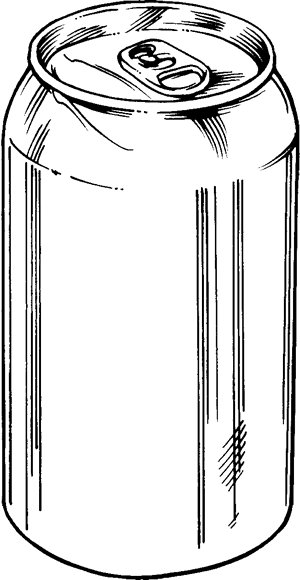
Here’s the deal: the E3 error often signals that something’s going awry with your dryer’s temperature sensor, also known as the thermistor. Think of the thermistor as a little thermostat inside your dryer; its job is to keep things at just the right heat. This error code is like a warning light, similar to one you’d see on your car’s dashboard. It’s the appliance’s way of saying, “Hey, I need some attention here!” Ignoring this could lead to larger issues, just like ignoring an engine light might result in more costly repairs later. So, let’s break it down step by step and see why it’s not a great idea to sweep this under the rug.
Understanding Your GE Dryer’s E3 Error Code
First things first, let’s delve into what this E3 error code really means. The E3 code is typically associated with a malfunctioning temperature sensor in your GE dryer. This sensor, known as the thermistor, is responsible for monitoring the heat inside the dryer drum. It ensures that the dryer maintains the correct temperature to efficiently dry your clothes. When the thermistor fails or doesn’t get the right reading, it alerts you through this error code. It’s like a vigilant teacher instructing you that something’s amiss before things get out of hand.
But you might be wondering, how does this affect me? Well, if the temperature isn’t regulated correctly, your dryer could either underheat or overheat. Underheating might lead to clothes taking longer to dry, and no one likes damp laundry after a full drying cycle, right? On the flip side, overheating could damage clothing fibers or even pose a safety hazard. It’s a bit like cooking food on too high a heat; you end up with a burnt exterior, while the inside remains uncooked. This thermistor error is your dryer’s way of saying, “I’m not cooking your clothes right!” It’s not just a technical glitch; it’s a genuine call for help.
In practical terms, ignoring the E3 error can lead to inefficient drying, increased energy bills, and possibly more frequent repairs due to the strain on your appliance. By addressing the problem, you’re not only ensuring your clothes come out perfectly dry, but you’re also extending the life of your dryer. It’s like taking your car in for a tune-up when the check engine light pops on, rather than waiting for it to break down completely.
What Causes the E3 Error Code?
Okay, so we know that the E3 error relates to the temperature sensor, but what could cause this issue to pop up? There are a few common culprits to consider. One possibility is a faulty thermistor. Over time, just like any electrical component, thermistors can wear out or stop functioning correctly. Picture it like a light bulb that eventually burns out after prolonged use.
Another potential cause is a problem with the wiring or connection to the thermistor. If the wires connecting the thermistor to your dryer’s control board become loose or damaged, it can lead to inaccurate temperature readings, thus triggering the error. It’s akin to trying to watch TV with a loose cable connection – the signal keeps cutting out, and you miss half the show.
Environmental factors can also play a role. Excessive buildup of lint and debris within the drying system can obstruct airflow, leading to temperature regulation issues. Think of it like a blocked nose that makes it hard to breathe freely. Ensuring your dryer is clean and that vents are unobstructed is a proactive measure to prevent this and other errors.
Once you’ve narrowed down the potential causes, the next step is to identify the specific issue with your dryer. Addressing these causes early can save you from the hassle of dealing with bigger problems later on. Start by examining the wiring and ensuring the thermistor is functioning properly. If cleaning out lint doesn’t solve the problem, you might need to consider replacing the thermistor or consulting a professional for more detailed diagnostics.
What Should You Do Next?
Now that you know what the E3 error means and what causes it, let’s talk about your next steps. To resolve this issue, you might need to do a bit of troubleshooting. First, make sure your dryer is turned off and unplugged. Safety first, right? Then, check the connections to the thermistor. If the wires appear to be loose or compromised, that could very well be your issue. Secure any loose connections or replace any damaged wires to see if that resolves the error.
If the wires seem fine, it might be time to replace the thermistor itself. Replacement parts are generally available from GE or authorized dealers. It’s like swapping out old batteries for new ones to get your remote control working again. If you’re not comfortable doing this on your own, it might be best to call in a professional. They have the tools and expertise to diagnose and fix the issue without any of the trial and error you might face.
Finally, consider regular maintenance as a means to avoid future errors. Clean out the lint filter after each use, and periodically check your dryer vents for clogs. Regular maintenance is a simple and effective way to keep your dryer running smoothly. Just as you would with any of your other household appliances, a little bit of care now can prevent more extensive repairs later.
In conclusion, ignoring the E3 error code on your GE dryer is not advisable. Addressing the problem head-on ensures that your dryer continues to function efficiently and safely, saving you time, money, and frustration in the long run. Plus, by resolving the issue, you’re taking proactive steps to ensure your home remains a safe and comfortable place for you and your family.